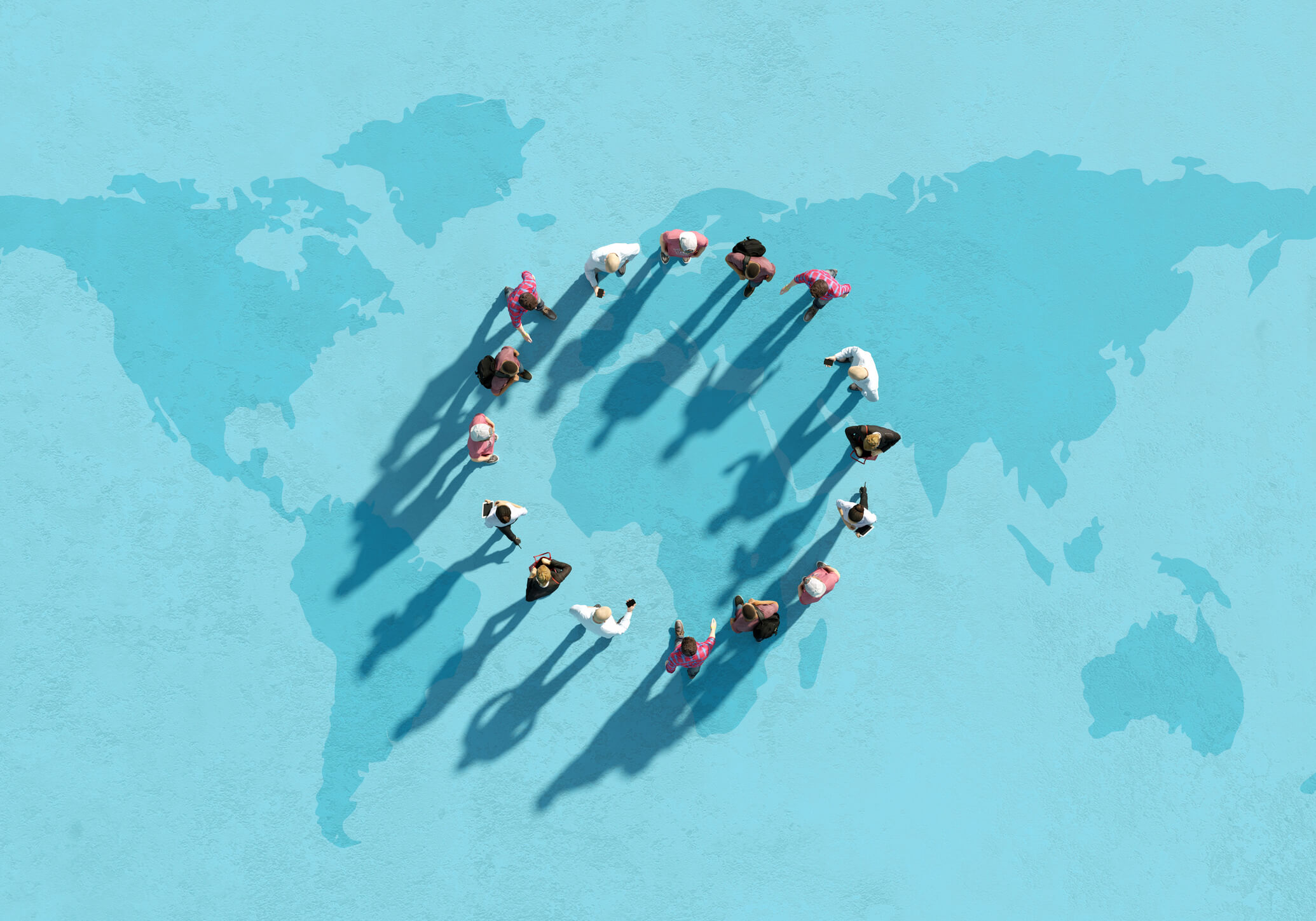In reading Michelle Wimes’s July 18 post on inclusive initiatives, I was struck by a question she posed: how can law firms go from “well-meaning” to “well-doing”? A thought-provoking question, I thought.
So let me start in a way that Ms. Mann, my first memorable English teacher, taught me never to start: by quoting statistics in an apparent non sequitur.
- One in three residents of the United States is a minority.
- Minorities—including Hispanics, African-Americans, Asians, and those of mixed race—reached 50.4 percent of births for the 12-month period ending in July 2012. This represents a majority for the first time in U.S. history.
- By 2042, today’s racial minorities will be the majority of the U.S. population. (U.S. Department of Labor and Census Bureau, 2012; New York Times, May 17, 2012)
This statistical reality is all around us.
The U.S. Olympic delegation that arrived in London to showcase their sporting excellence also showcased varying ethnicities, cultural backgrounds, and sexual orientations. Take the case of Danell Leyva who was born in Cuba to a woman who defected to Miami when Danell was a toddler. Or take the case Megan Rapinoe, a soccer player who came out as gay in early July. Or the case of Lia Neal, the second African-American woman to make the U.S. swim team, whose Chinese mother and African-American father vigorously waved an American flag when their daughter won her spot on the relay team. Or the case of Gabby “USA GOLD” Douglas.
We see the statistical reality reflected in the media.
A myriad of radio stations broadcast baseball—that most American of sports—in Spanish to Latino listeners across the country. The Spanish-language broadcasting network, Univision, has almost reached parity with the five major English-language television networks in the United States and even shows first place rankings for its telenovelas. And the Internet provides anyone with access to programs in Japanese, Korean, Russian, Vietnamese, French, Portuguese, and more.
We hear the statistical reality all around us: a Kenyan man chatting in Swahili with his 10-year-old in Central Park; an Indian woman doing business in Hindi at The Plaza in Kansas City; a Muslim man speaking softly in Arabic to his grandson as they get ready to worship by washing their feet in the foot-baths that have been specially installed at Indianapolis International Airport. And who has not heard “Para español, oprima dos” at the opening of an automated telephone information message?
We even taste the statistical reality. Our menus are brimming with tacos, samosas, moo goo gai pan, goulash, sushi, lasagna, espresso, chai, and sake—all names familiar to most of us, even if we have not yet taken the taste-plunge.
However, there seems to be a gap between our day-to-day perceptions of the statistical reality and our ability to act in a way that reflects that reality and our aspirations to egalitarian values.
This is the gap between well-meaning and well-doing (and the end of that pesky non sequitur, Ms. Mann).
Rigorous scientific research in neuroscience and social sciences has shown that we can eloquently describe the reality of the diversity around us, consciously believe in equality, and at the same time act on prejudices that are below our level of awareness. We simply don’t know that our prejudices—or unconscious biases—are there. By studying how our brains work, this research has given us a way to better understand how we make decisions so that we consciously can choose to mitigate or interrupt our unconscious biases and ensure that our actions reflect our values.
Here, then, is the way to bridge the gap. We choose well-doing by doing consciously, by being aware, by knowing what our hidden biases are and choosing to act in alignment with our highest values.
Let me add one key point: everyone has biases. And—wait for it—that’s not necessarily a bad thing. As one study puts it, if you sense something coming at your head, you duck. And if later you find out it was only a shadow, better to have ducked and not needed to than to ignore the shadow and be hit on the head by a heavy object, right?
Since the dawn of human history survival meant quickly determining if that fellow lurking behind a tree was a good guy or a bad guy. So our minds evolved to make these decisions in a split second, without thinking about it. This became a hard-wired pattern that translates into a reaction that is based on what feels safe and likeable. Scientists say that we weigh millions of pieces of information at any one time and yet our brains can only functionally deal with about 40 pieces of information. So we develop a perceptual lens that filters out certain things and lets other things in—the gatekeepers are our assumptions, interpretations, and, yes, the unconscious biases that we have adopted through our lives
In making our assumptions and determinations about a present moment, rarely do we realize just how subjective those assumptions and determinations are and how much our decisions are impacted by what we interpret is in front of us.
So back to my key point then: everyone has biases. To discover our unconscious biases is to prevent them from driving our decisions without our permission . . . whether we are choosing what group of people to approach at cocktail hour, deciding which associate should work on a matter, or making a hiring decision at our law firm.
So I’m going to end this post by inviting you to take a test. No, no, don’t cringe. Think of it as holding up a mirror and taking a look at yourself while no one else is watching. Just remember: a bias . . . everyone has one. You are just out to discover yours. Here goes: https://implicit.harvard.edu/implicit/. It’s a quick test. It’s a revealing test. It’s a serious test, and maybe it will provide a topic for another post somewhere down the line.
Enjoy!



